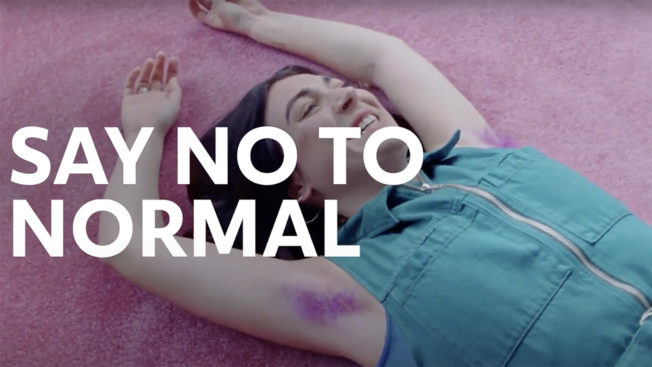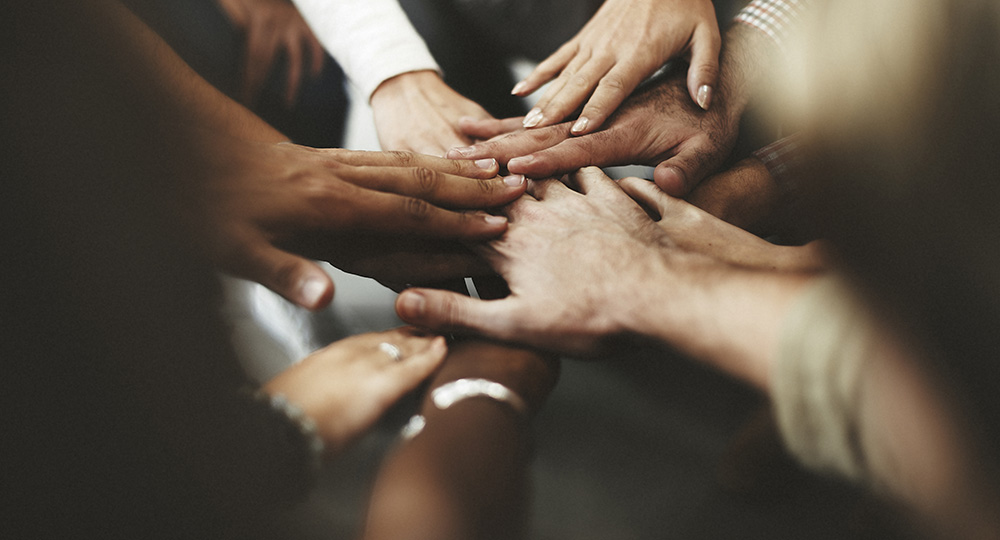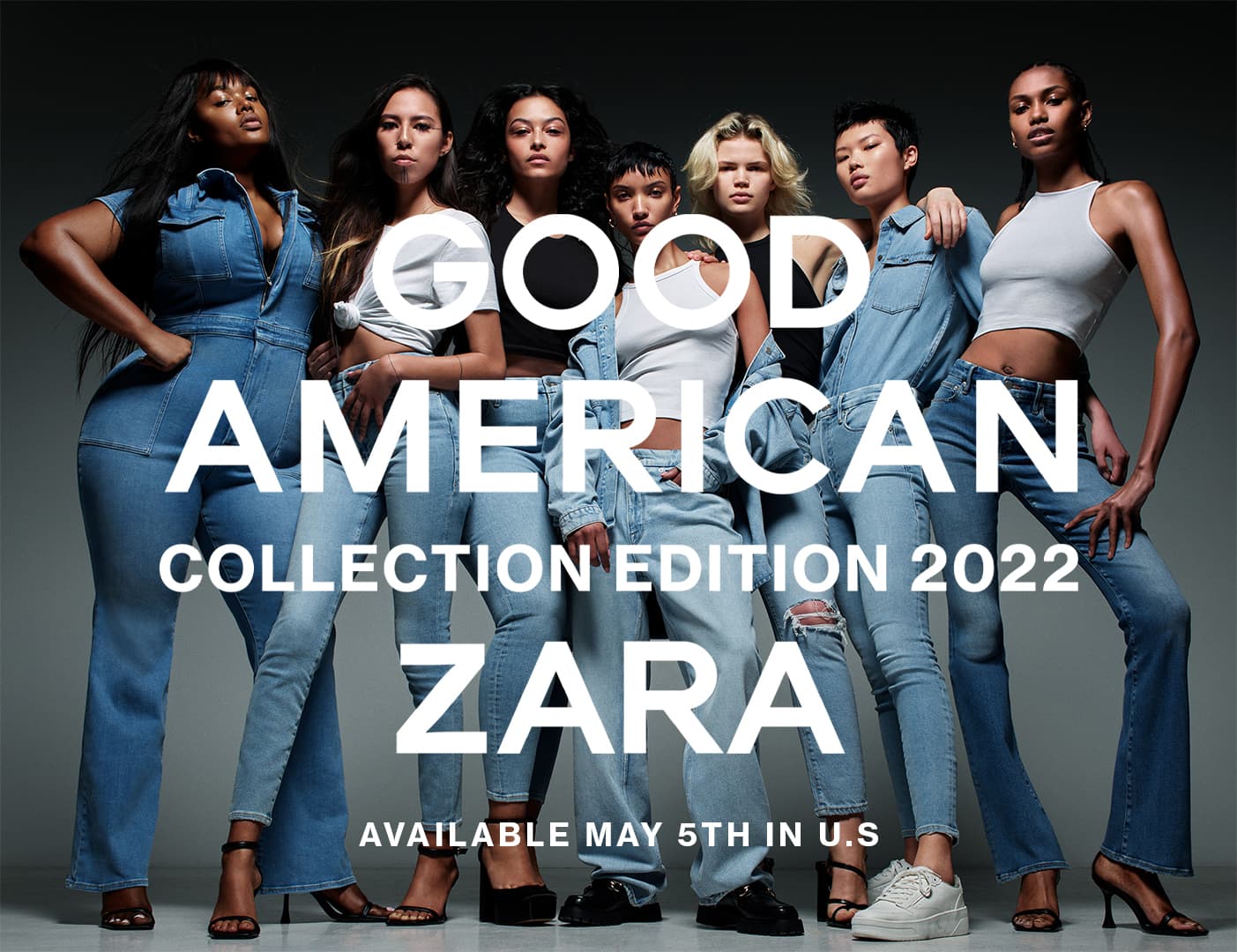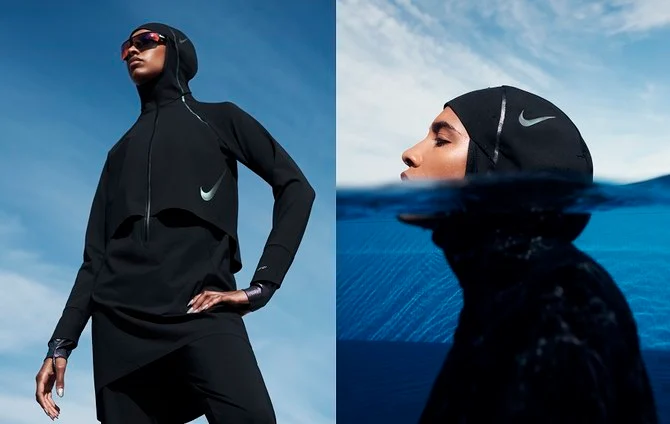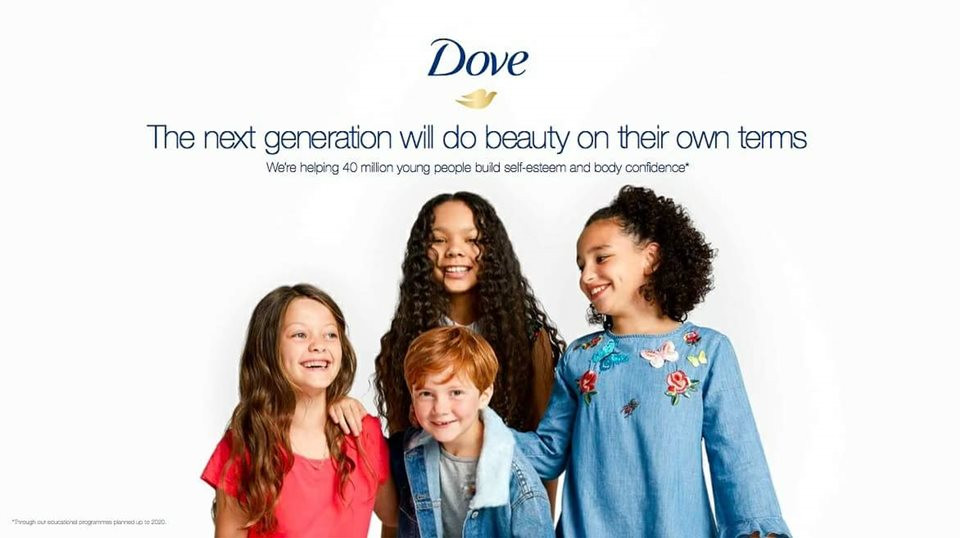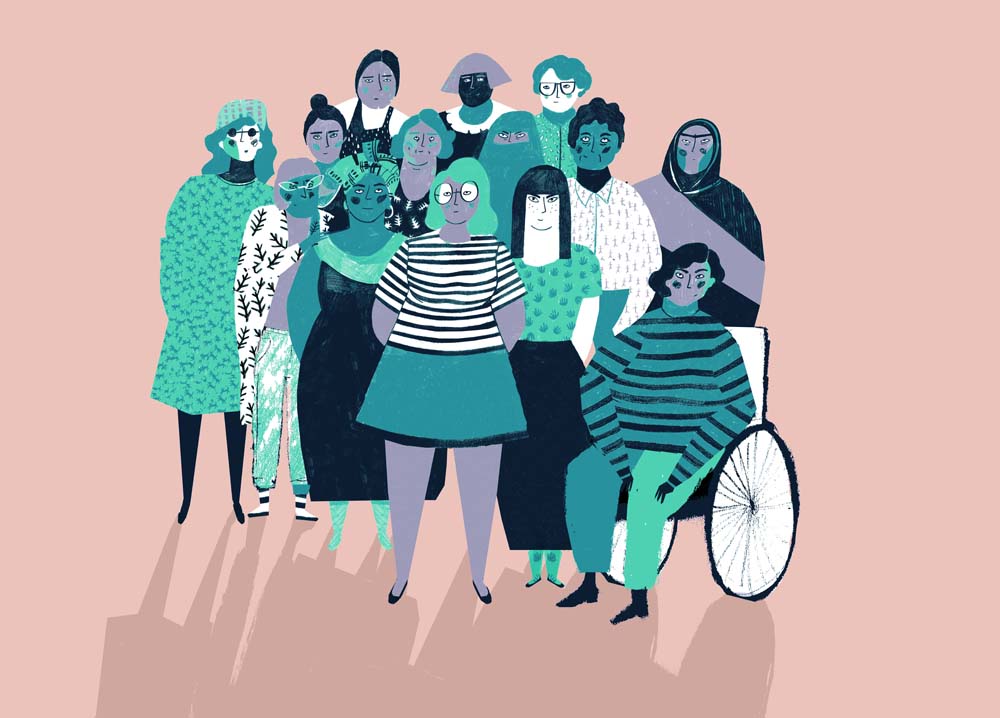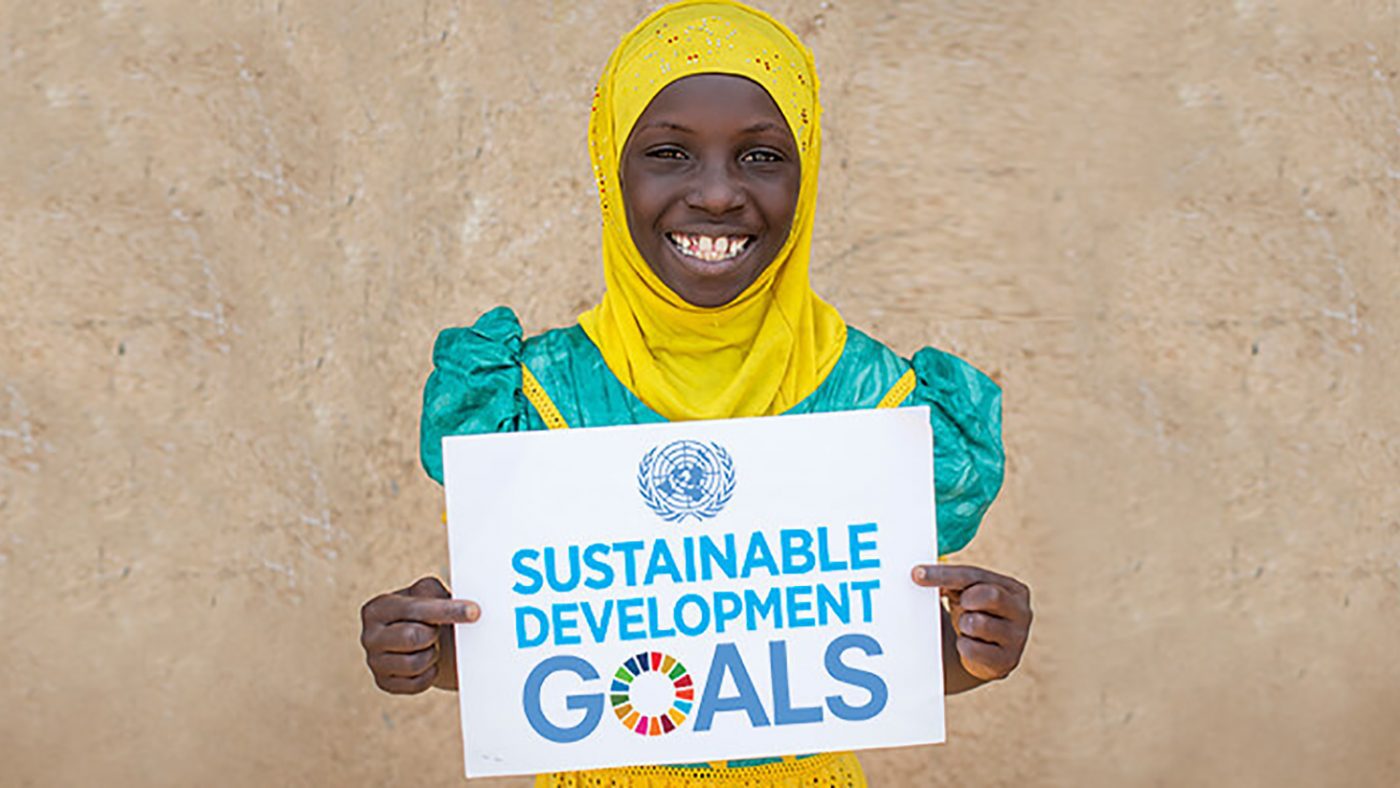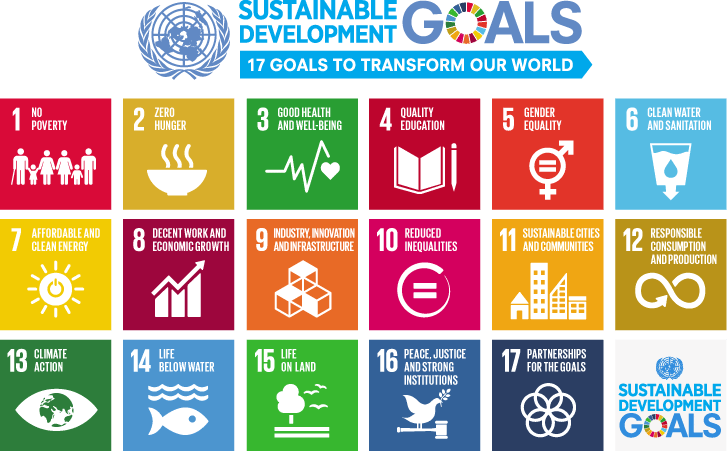The month of March is Women’s History Month and is dedicated to remembering the glass-ceiling shattering suffragists, visionaries, and trailblazing women who have fought for equality on behalf of women today and women of the future. There is an abundance of strong women who have led inspirational lives that have greatly contributed to society and impacted others; the list is never-ending. In celebration of Women’s History Month, we will pay homage to everyday women from all walks of life that embody the spirit of the celebration, along with sharing ideas on how you can honor Women’s History Month.
The Brief History of Women’s History Month

Source: Florida State University Libraries
Women’s History Month began as a local celebration in Santa Rosa, California. The Education Task Force of the Sonoma County (California) Commission on the Status of Women planned and executed a “Women’s History Week” celebration in 1978, which was selected to correspond with International Women’s Day on March 8th. The movement spread across the country as other communities initiated their own Women’s History Week celebrations the following year.
In 1980, a consortium of women’s groups and historians—led by the National Women’s History Project (now the National Women’s History Alliance)—successfully lobbied for national recognition. In February 1980, President Jimmy Carter issued the first Presidential Proclamation declaring the Week of March 8th 1980 as National Women’s History Week.
From then on, Presidents continued to proclaim a National Women’s History Week in March until 1987 when Congress passed Public Law 100-9, designating March as Women’s History Month. Since 1995, each president has issued annual proclamations designating the month of March as Women’s History Month.
The 2022 Women’s History Month theme is “Women Providing Healing, Promoting Hope,” which captures the spirit of these challenging times. This theme is “both a tribute to the ceaseless work of caregivers and frontline workers during this ongoing pandemic and also a recognition of the thousands of ways that women of all cultures have provided both healing and hope throughout history.”1
Everyday Women To Celebrate
During Women’s History Month, women are celebrated globally. Celebrities and well-known public figures, such as Oprah Winfrey, Eleanor Roosevelt, and Rosie the Riveter, are brought to the spotlight to be honored with exhibits and observances. However, while they are vitally important to our world and society, everyday women are also contributing and inspiring others as they live “normal” lives extraordinarily.
Here are a few everyday women to celebrate this March for Women’s History Month:
Rebecca Talaia

Source: Today
In 2020, Rebecca Talaia, a sixth grade teacher in Indialantic, Florida, heard that her local hospital was in dire need of disinfectant wipes due to a shortage from the pandemic. This reverted her mind to the wipes currently sitting unused in her empty classroom, leading Rebecca to convene with her fellow teachers and administration to help collect the school’s supply for the hospital.
Soon after, Rebecca started From Our Classrooms to Our Nurses: American Schools Care, a website where schools can enter products they have to donate and hospitals can list their needs.The program matches schools and hospitals within a certain distance of each other and, if the amounts are appropriate, they get matched. At present, Rebecca is still working to donate supplies and is manually matching requests that come through the website herself.
Shola Matovu

Source: Women Lift Women
When Schola Matovu, PhD, RN, MSN was a young girl, she gathered herbs so her grandmother, an informal nurse/midwife in a small Ugandan village, could provide remedies for different ailments, such as malaria. She was inspired by her grandmother’s love of botany and creating remedies, eventually becoming a nurse.
Shola is dedicated to decreasing health inequities through her research, which promotes health and overall well-being of older family caregivers, particularly in Uganda where 660,000 children were orphaned as a result of the HIV/AIDS epidemic. To help, Shola is working to create a community-based pilot project in Uganda that will enable caregivers to generate income by raising farm animals.
Additionally, Shola co-founded the Nurse-to-Nurse Global Initiative (NTNGI) in 2013. NTNGI, which helps nurses navigate occupational barriers and advocate for themselves and their patients, plans to launch a leadership and professional development training program in Uganda next spring.
Thenmozhi Soundararajan
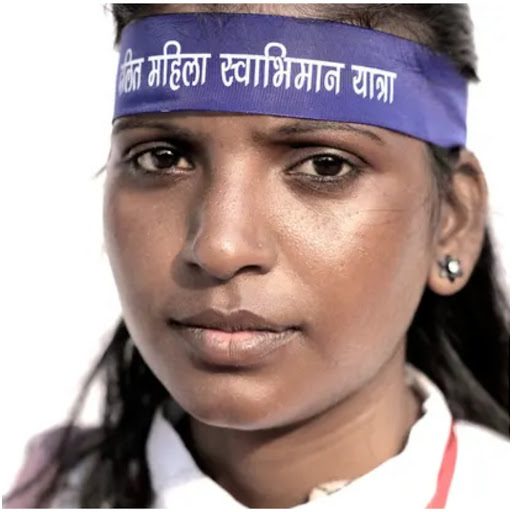
Source: The Guardian
Thenmozhi Soundararajan is a transmedia artist, which means they create and translate stories across platforms. Their journey as an artist and activist, though, started when they realized someone needed to fight for the Dalit women who often gather in districts near near the statue of BR Ambedkar, a legendary Indian politician and former Dalit leader, to bring awareness to the crimes committed against them.
For Thenmozhi, everything about the #Dalitwomenfight movement – from social media posts to professional photography to security training for its participants – is an art form. They use different mediums to highlight the voices of marginalised communities, such as Dalit, and organise different communities to come together to fight caste apartheid, gender-based violence, Islamophobia, white supremacy, and religious intolerance.
This also led them to create Equality Labs, which is an art and tech start-up that aims to uplift South Asian religious, cultural, and genderqueer communities in the United States.
Rachel Miller

Source: Pride Source
Rachel Miller began ballet when she was seven-years-old; however, as the years passed, she began to question why she wasn’t allowed to do the jumps or leaps like the men dancers. Rachel also showed distaste towards the stereotypical female roles in ballet: the damsel. This led her to practice different types of dance, such as hip-hop and African styles. While performing all over the world, Rachel came to terms with her sexuality and herself, which is why the Midwest RAD Fest caught her attention.
Rachel had previously danced at the Midwest RAD Fest, which is a celebration that features the best in modern, post-modern, and contemporary dance from all over the country. She took the role as the curator and began to change the way the fest worked by adding a panel of LGBTQ+ individuals, along with people of color, to help choose what works are put into the festival.
Thanks to Rachel, the Midwest RAD Fest has become a place where anyone and everyone can showcase their talents. Rachel dismantled the idea that only men choreographers and dancers can snag a timeslot for the fest. Instead, the Midwest RAD Fest is now a dedicated LGBTQ-focused platform.
Erin Hughes
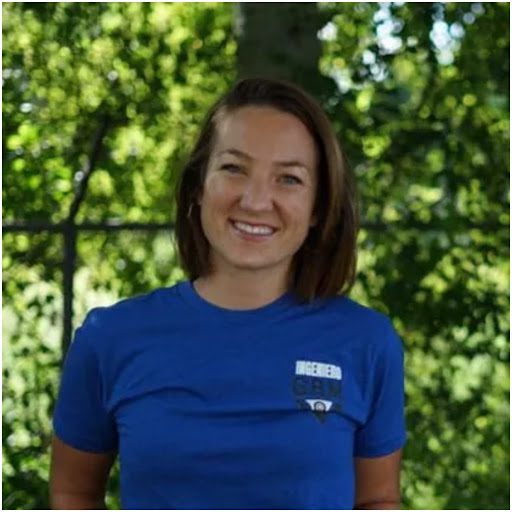
Source: Solidarity Engineering
Erin Hughes co-founded the women-led organization Solidarity Engineering to support those living at a migrant camp in Metamoros. Before becoming the lead engineer of Solidarity Engineering, she studied environmental engineering at Drexel University and worked in the field for ten years.
In 2019, upon hearing of the illnesses and challenges people were faced with due to contaminated water at the migrant camp, Erin decided to make better use of her knowledge of water treatment and stormwater management by helping the camp inhabitants. She has helped dig drainage channels, construct showers, and much more. Her efforts have greatly contributed to the health of the camp and the people who reside in it.
Pippa Mills
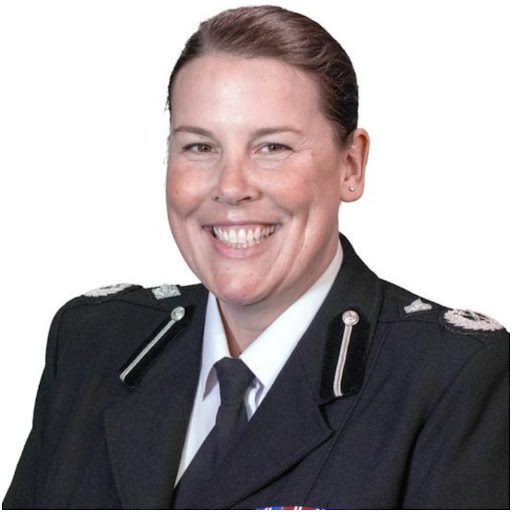
Source: Essex Live
It’s no secret that being a police officer has always been looked at as a “man’s job,” but Deputy Chief Constable Pippa Mills is changing that sexist stereotype for good. Pippa has worked her way up the ranks to become the first-ever female Deputy Chief Constable in Essex Police’s history, second only to the Chief Constable himself. Becoming the first female officer in her role is something she is exceptionally proud of. Plus, she did it while raising two boys.
Some of her career highlights include working on big public order events such as Prince William and Catherine Middleton’s wedding in 2011. Another central highlight was when she was flagged down by someone who had broken down and was transporting a kidney to Great Ormond Street Hospital with only 40 minutes to spare. She blue-lighted him there to make sure it arrived on time.
Amy Hanifan

Source: Women in Fire
Amy Hanifan is the Operations Chief with McMinnville Fire Department in McMinnville, Oregon. She has been in the fire service since early 2001, starting as a volunteer and eventually beginning a career as a Firefighter Paramedic. Earning varied roles of leadership, she’s continuously been passionate about mentoring others in different stages of their careers.
Throughout the years. she’s been involved with large projects such as Toy and Joy and Fill the Boot. She’s also the president of Women in Fire, which is an organization representing and advocating for women in the industry. Recently, Amy has turned her attention to promoting policies that would secure light duty gear for pregnant women and breastfeeding mothers that work in the firefighting field. This will inevitably change the game for women firefighters who constantly feel the negative effects of the heavy and cumbersome gear.
How You Can Celebrate Women’s History Month
Whether you’re an activist, a petition-signing advocate for equality, or just venturing into the celebration of Women’s History Month for the first time, here are some ideas for how to honor the progression the women’s rights movement has made and how to support Women’s History Month:
Listen To Podcasts
Podcasts are a great way to hear conversations about an array of topics you might not ordinarily come into contact with; they provide an informal and non-journalistic commentary of the world around us.
Women make up about half of podcast listeners, but at the end of 2020, it was reported that only 21% of top-charting podcasts have a female host. This is why supporting women offering their voice to the public is vitally important; it empowers more women to see their viewpoints as a potential contribution to the broader conversations we encounter each day.
Here are a few female-hosted podcasts to listen to:
- How Was Your Week hosted by Julie Klausner is a comedy and interview audio podcast that includes conversations with entertainers, writers, comedians, and performers.
- Pop Culture Happy Hour by Linda Holmes serves you recommendations and commentary on the buzziest movies, TV, music, books, video games, and more.
- Only Human hosted by Mary Harris tells stories about our bodies and our lives.
- What Would A Feminist Do? hosted by Jessica Valenti brings you interviews, advice, and real life stories from the front lines of feminism.
- This Girl Means Business hosted by Carrie Green is a weekly business podcast to inspire female entrepreneurs from around the world.
Read Books By Female Authors
Books are an important influencer for how we think about our society and culture, and they offer readers different viewpoints and perspectives. Not to mention the fact that they’re also an amazing escape from everyday life.
While over 80% of the most popular novels were written by men, this disparity is drastically changing. In the last 30 years, female authors went from accounting for 25% of books on the Bestseller List to about 48%.2 This month, celebrate literary works by women who encourage you to step out of your comfort zone or guide you as you dive deeper into your interests.
Here are a few women writers who have shaped the literary world:
- Adrienne Rich is most known for her poem “Diving Into The Wreck,” which uses an extended metaphor that compares the dive to the struggle for equal rights for women.
- Edwidge Danticat is a Haitian American author whose works focus on the lives of women and their relationships.
- Chimamanda Ngozi Adichie is best known for her novels, short stories, and plays that center around politics, culture, race, and gender.
- Isabel Wilkerson is the first woman of African-American heritage to win the Pulitzer Prize in journalism and is the author of The Warmth of Other Suns: The Epic Story of America’s Great Migration and Caste: The Origins of Our Discontents.
- Margaret Atwood is best known for her prose fiction and for her feminist perspective, such as in the novel, The Handmaid’s Tale.
Support A Women’s Nonprofit Organization
Global nonprofit organizations play a key role in promoting female empowerment in areas such as education, health care, and employment. They recognize that when you empower women, you empower entire communities and countries.
There are so many ways to get involved in nonprofits that support women. While volunteering your time is an obvious way to get involved, simply participating in the conversation, sharing the organization’s mission, offering your connections, and signing petitions are wonderful ways to make an immediate impact.
Here a few nonprofits that support women to check out:
Support Female Entrepreneurs
Women make up close to half of the U.S. labor market and, in 2019, over 35% of all women in the U.S. had completed a four-year degree or more. However, a study from 2016 concluded that women are about half as likely as their male counterparts to start a new business.
In the last two decades, though, the number of female-owned companies has increased by 114%. Women-owned businesses generate $1.9 trillion in revenue and employ 9.4 million people, which makes them an essential and growing part of our economy.
Here a few female-owned businesses to support:
- She Speaks Numbers founded by Liz Barhydt help rising leaders develop the confidence, effective communication & storytelling skills that take them from a number cruncher to a valued strategic partner.
- Nook+Cove founded by Silpa Yadla is an innovative platform that’s a shop and a registry with designer curated furniture and décor for the home.
- Briogeo Hair Care founded by Nancy Twine is a line of carefully crafted, clean hair care products that offer effective solutions for every hair type, hair texture, hair need, and person.
- The Honey Pot Company founded by Bea Dixon is a plant-based feminine hygiene line created with a goal to provide women with a healthy alternative to feminine care that is free of chemicals, parabens, carcinogens and sulfates.
- Mented Cosmetics founded by Amanda Johnson and KJ Miller is a brand dedicated to producing makeup products that are perfectly pigmented to match all skin tones.
Humanist Beauty Is Female-Owned
About Humanist Beauty: Humanist Beauty, a Certified B Corporation, Social Enterprise Alliance member, and Leaping Bunny Approved business, is a beauty brand dedicated to the life-long practice of self-love. The brand is the first launched by The Human Beauty Movement (The HBM), a purpose-driven company on a mission to support inclusion, wellness, and sustainability in the beauty industry and beyond.
Humanist Beauty believes it has a responsibility to be a better beauty brand and stand for radical inclusivity. Additionally, Humanist Beauty believes in giving before receiving. The brand has donated funds to Gates Philanthropy Partners and Change.org to support projects that help those affected by the COVID pandemic. Donations have also been made to the mighty Black Lives Matter and Hate is a Virus social causes. And notably, the brand commits to donating 3% of gross revenues – not net revenues or net profits – to well-vetted 501(c)(3) nonprofit organizations that improve the well-being of underserved humans and enhance environmental health.
The Human Beauty Movement, including all Humanist Beauty operations, is a carbon-neutral organization with offsets made through carbonfund.org reforestry projects. All formulas are made from scratch, and corners are never cut when it comes to the quality and wholesomeness of the ingredients used.
Every single ingredient used in every single product is carefully scrutinized for benefit, safety, and ethical sourcing. In terms of packaging, Humanist Beauty strives to use the most environmentally conscientious options it can and even offers a consumer recycling service of old products through a Zero Waste Program.
To learn more about Humanist Beauty and shop its products, check out this page.
About Jennifer Norman: Jennifer Norman is a beauty and wellness industry executive-turned-entrepreneur. After receiving her MBA from Georgetown University, she went on to pursue an amazing career working for some of the best companies in the industry. With major experience across all beauty categories, she’s considered one of the most strategic and creative minds in the business.
Through Humanist Beauty and The Human Beauty Movement, Jennifer has set out to pioneer positive beauty culture with a multi-faceted creative approach. Humanist Beauty and The Human Beauty Movement harness her love for humanity with her passions for art and cultural exploration. She believes deep down that everyone is beautiful, everyone deserves to feel beautiful, and everyone is empowered to live the beautiful life of their dreams.
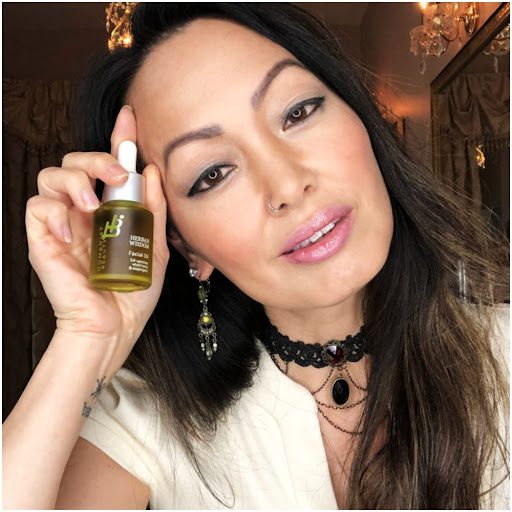
Pictured: Jennifer Norman For Humanist Beauty
How will you be celebrating Women’s History Month? Do you have a woman that inspires you daily in your life? Let us know in the comments.
–
Resources:
https://womenshistorymonth.gov/ [1]
https://pudding.cool/2017/06/best-sellers/ [2]

